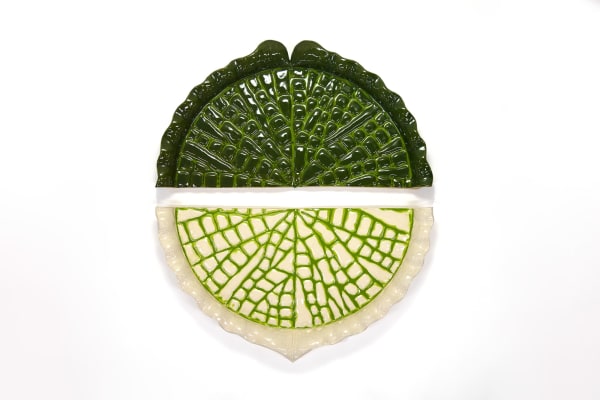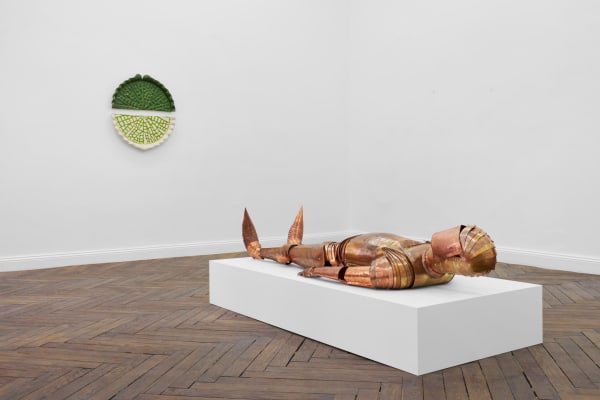-
关于Lena Henke, born 1982 in Warburg, Germany, has developed a diverse body of sculptural works, often arranged in comprehensive spatial installations. Her interest in spaces is not limited to presentation or intervention in existing architecture; it is also revealed in a broader sense in the appropriation of objects, urban situations and psychological spatial constellations. Recurring motifs include interventions into the classic working methods of sculpture, recourse to anthroposophical methods, often through a biographically motivated approach or the control of "architecture". In her vocabulary of forms and materials numerous references such as Minimalism or Land Art can be found, which she likes to combine with surrealist motifs. In a subtle way and with a humorous undertone, Henke enjoys infiltrating the patriarchal structures of art history. She explores the ideas of urban planners, landscape architects and urban theorists such as Jane Jacobs, Roberto Burle Marx and Robert Moses. She takes up themes like interpersonal relationships, sexuality and fetishism. Using strategies of intervention, appropriation and control, the artist also examines her relationship to herself and her family environment.
-
Selected Works
-
Inquire about works by Lena Henke
-
视频
-
画廊展览
-

Horizontale & Vertikale Skulptur
Lena Henke 2025年5月3日 TO 6月14日 CHARLOTTENSTRASSEOpening as part of Gallery Weekend Berlin, 2 May 2025, 7 to ...查看展览 -

EVERYTHING BUT THE KITCHEN SINK
GROUP SHOW 2024年11月16日 TO 12月21日 POTSDAMER STRASSEGalerie Thomas Schulte presents Everything but the Kitchen S...查看展览
-






